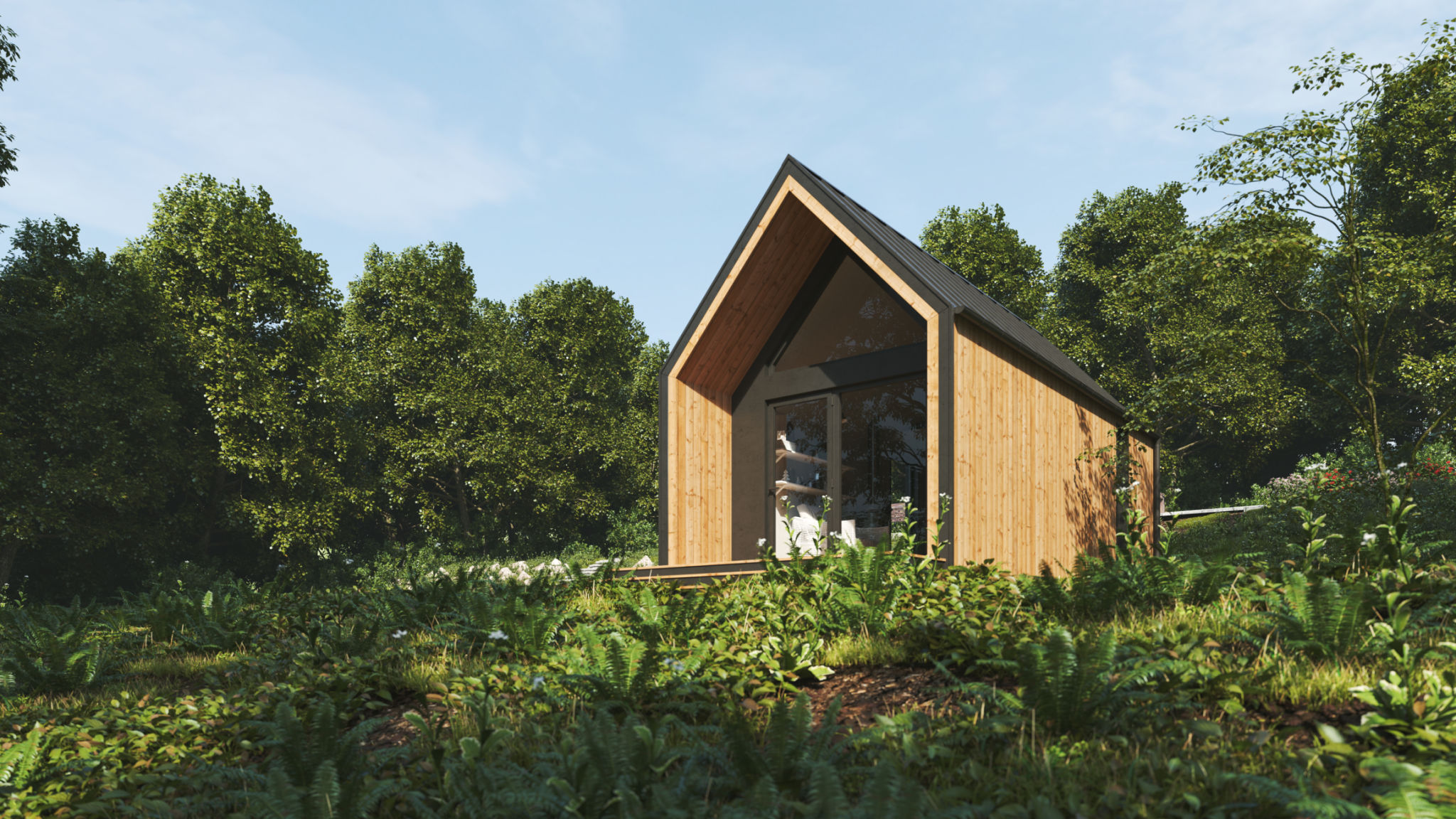Eco-Friendly Interiors: A Guide to Sustainable Living in Georgetown
Embracing Eco-Friendly Interiors
Creating a home that is both stylish and sustainable is an achievable goal for residents of Georgetown. By opting for eco-friendly interiors, you contribute to a healthier planet while enjoying a beautiful living space. This guide will explore various ways to incorporate sustainability into your home's design and decor.

Sustainable Materials
One of the foundational steps in crafting an eco-friendly interior is the choice of materials. Opt for sustainable options such as bamboo, cork, and reclaimed wood. These materials are not only renewable but also add a unique aesthetic to your home. Consider furniture made from recycled materials or items that are certified by environmental organizations.
Furthermore, using low-VOC (volatile organic compounds) paints and finishes can significantly improve the air quality in your home. These products release fewer toxic chemicals, making them safer for both your family and the environment.
Energy Efficiency
Investing in energy-efficient appliances and lighting can drastically reduce your home's carbon footprint. Choose LED bulbs over traditional incandescent ones, as they use significantly less energy and last longer. When it comes to appliances, look for the ENERGY STAR label to ensure efficiency.

In addition, consider installing smart home technology to better manage your energy consumption. Programmable thermostats and smart lighting systems allow you to control energy use with precision, reducing waste and lowering utility bills.
Water Conservation
Water conservation is another crucial aspect of sustainable living. Install low-flow faucets, showerheads, and toilets to reduce water usage without sacrificing performance. Additionally, consider collecting rainwater for outdoor use, which can be particularly beneficial in maintaining your garden during dry spells.
Eco-Conscious Decor
Your choice in decor can also reflect a commitment to sustainability. Opt for natural textiles like organic cotton, wool, or linen for upholstery and drapery. These materials are not only sustainable but also biodegradable, ensuring minimal environmental impact.

Houseplants are another excellent addition to eco-friendly interiors. They enhance air quality by absorbing toxins and producing oxygen. Choose plants that thrive indoors, such as spider plants, snake plants, or peace lilies, to create a refreshing atmosphere.
Supporting Local Artisans
When decorating your home, consider purchasing from local artisans and craftspeople. Locally made goods often have a smaller carbon footprint due to reduced transportation requirements. Moreover, this choice supports the local economy and highlights the unique cultural elements of Georgetown.
By incorporating these practices into your home design, you can enjoy a stylish and environmentally friendly living space. Adopting sustainable interiors not only benefits the planet but also enhances your quality of life, making a positive impact for future generations.